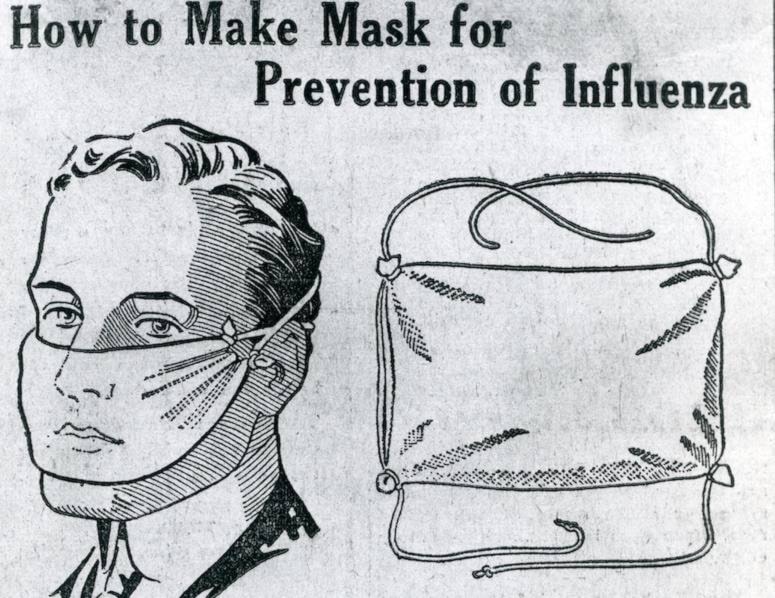The celebration of the end of the First World War was pre-empted by a deadly virus.
Throughout 1918, millions of people were being afflicted with Spanish influenza — a virulent epidemic that killed more people globally than four years of horrific conflict.
Soldiers travelling overseas and returning home helped spread the pandemic that some people think originated in the U.S. Midwest and others believe started in Europe.
Either way, it’s hard now to commemorate the century anniversary of the end of the Great War on Nov. 11 without also remembering the tragedy that was sweeping the homefront in the final months of the conflict.
Red Deer historian Michael Dawe said the swine-flu-like virus didn’t discriminate — anyone could become sick from it.
But it was people in their prime of life — teens to adults in their early 40s — who were rapidly dying at the highest rates.
Many were soldiers who had been weakened in the trenches, only to perish on their journeys home. Dawe said others were civilians who had gone through food rationing.
“It seemed as if children were more resilient and could spring back from it… and older people had some immunity to it,” said Dawe, but many people of child-bearing age did not recover.
The first person who died from the Spanish flu in this area was a Poplar Ridge farmer. He left behind a wife and 11 children in October.
By the following February, when the virus had run its course, 54 Red Deerians were dead of influenza. The local population was then about 2,800, said Dawe.
Among the dead were Thadeus Wood, the adolescent brother of Kerry Wood (a local author, naturalist and namesake of the nature centre), and Ella Parsons, the young wife of Dr. Richard Parsons.
Ella wrote with concern that her husband was “going out night and day” to look after the sick. She worried the physician would catch the deadly virus, but it was she who died from it.
Dawe said Dr. Parsons was left a widower with four children.
One of the hardest hit institutions in Central Alberta was Red Deer’s Indian residential school.
According to a Nov. 20, 1918, article in the Red Deer News, about 40 cases of the Spanish flu developed in the school northwest of the city. The local Remembering the Children Society discovered that five students, all 13 or 14 years of age, were dead of influenza as of Nov. 25, 1918.
They were Georgina House, Jane Baptiste, Sarah Soosay, David Lightning and William Cardinal.
At the time, school principal Rev. Joseph Woodsworth reported that because all staff and students were ill with the epidemic, there was no one to dig graves and bury four of the children at the school cemetery. The local undertaker was, therefore, called to bury the bodies, two to a grave, in the Red Deer Cemetery.
Woodsworth wrote that young William Cardinal had reportedly died while running away from the school. He was returned for burial at his home in Saddle Lake.
While staff of Indian residential schools were often guilty of abuse and cultural genocide, there’s evidence that Woodsworth tried to create better living conditions at the facility, which a contemporary survey described as having the highest mortality rate among all Indian residential schools in Canada.
Woodsworth wrote to the government: “For sickness, the conditions at this school are nothing less than criminal … I think that as soon as possible the Department (of Indian Affairs) should put this school in shape to fulfil its function as an educational institution. At present, it is a disgrace.”
He received a reply that, in part, blamed the war effort on the necessity to “curtail” expenditures on educational institutions.
Dawe said the school’s septic system was undersized, with sewage regularly backing up.
“The government never gave them much for maintenance and repairs … the sanitary conditions were poor.”
In 2017, a stone monument was erected by the Remembering the Children Society to mark the graves of the four pupils at Red Deer Cemetery.
The president of the society formed to honour the memories of the Indigenous children who attended Red Deer’s Indian residential school, is Richard Lightning, a nephew of David Lightning, one of the pupils killed by the Spanish flu.
lmichelin@reddeeradvocate.com
Like us on Facebook and follow us on Twitter
